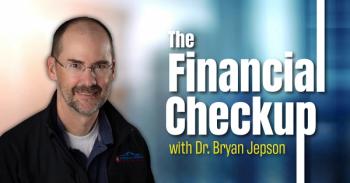
MGMA 2020: Traditional waiting-rooms may see a decline as virtual options replace them

Waiting rooms may become a thing of the past as technology provides safer and easier alternatives
The COVID-19 pandemic has forced many practices to adapt in new ways, particularly when it comes to telehealth. One aspect of telehealth, zero-contact intake software, is becoming more popular as physicians see the benefits it provides.
Cori Beard, Practice Manager for Child Family and Development, and Navin Jain, CIO of Cookeville Medical Center, led a session at the Medical Group Management Association virtual conference on their experiences with reducing in-person exposure to COVID-19 via patient intake software.
“Waiting rooms already had a negative connotation before this all began,” said Beard, whose practice specializes in outpatient pediatrics. “We tried not to use that that word before the pandemic. Now, we just don't have to,” Beard said.
Instead of waiting in a cramped space to see their provider, their patients have the option to wait in their cars until it’s time for their appointment. A text message is sent when it is time to be seen, along with the room number they will be seen in.
Patients are even able to store a credit card on file, which increases collections.
“We're collecting about 98% of co-pays, Beard said. “About 95% of our clients’ have a card on file, and so, we're able just to run that at each appointment.”
The software not only benefits patients, but staff as well.
“The front office has more time to talk with patients now, where before, when you have 7-10 patients to check in, you don’t really have as much time,” Jain said. “It also reduces the amount of manual work they have to do. Now we can actually focus on the other items that we have to do in the office instead of just picking up the phone.”
“It's really important that you're utilizing technology as much as possible,” Beard said. “I think that these workflows are definitely here to stay, and that they'll continue to evolve.”
Newsletter
Stay informed and empowered with Medical Economics enewsletter, delivering expert insights, financial strategies, practice management tips and technology trends — tailored for today’s physicians.














